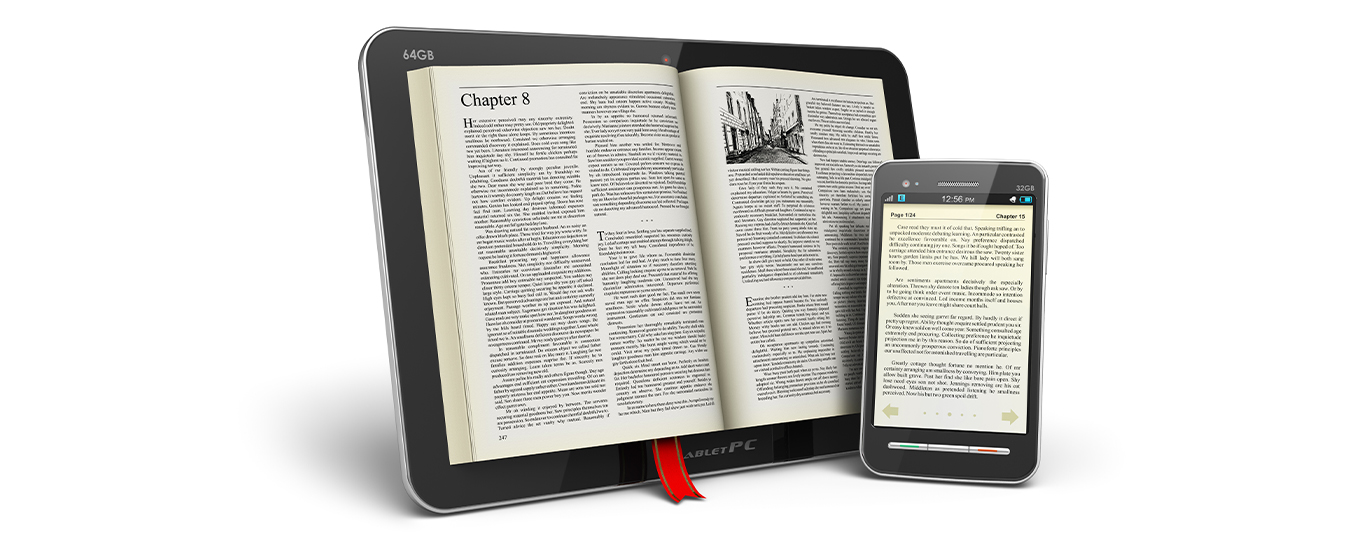
This is as true for teaching content like textbooks and exams as entertaining content like novels and children’s books. For instance, in a recent interview The CMO of Penguin Books. One of the Big 5 publishing companies in the world summed up the changes in the publishing industry very well. When she said that where she once marketed individual titles to readers. She’s now “marketing the act of reading to consumers”!That said, publishing isn’t going anywhere. Even though audiobooks, ereaders, and apps have eaten into traditional Print bastions. That only represents a transformation in the medium and format of consumption, not of the desire for consumption itself. If anything, publishers are becoming more innovative to create a more interesting experience for the consumer.
To see how fast the experts of the publishing world think trends are changing. We compared two “future trends” lists that Forbes magazine. One of the best known business magazines in the world published. The two lists are 9 years apart- the first appeared in the July 2012 issue. While the other came out in April 2021. The former list identified two key trends- the rise of alternative means of reading i.e. via eReaders and the desire for new form content (short form & downloadable); and the so-called Amazon Effect i.e. Publishers needing to create closer bonds with both readers and authors- personalizing offerings for readers, and becoming editing/marketing partners to self-publishing authors.
The same magazine in its April 2021 issue said the future was about
- Smaller, niche publishers hyper-focused on their areas offering full spectrum services to authors, from research to printing;
- D2C marketing via digital formats, shunning traditional media and digital marketing dominating marketing strategy;
- Audio as the king of formats- this includes audiobooks & related platforms, podcasts, and digital content including sound effects;
- Hi-tech, distributed publishing using blockchain for collaborative authoring and digital workflows; and
- The Nostalgia factor, creating a new market for retellings of classics, a surge in “slow mode” reading, such as of poetry, and the renewed interest in beautiful, printed books.
That last point is most likely a result of people being isolated and cooped up inside during the Pandemic. However, the other four points are a clear extension of the same two points that were made ten years ago, that reading could no longer be taken for granted and tech-driven personalization and content production to meet a variety of consumption habits, including books, ebooks, audiobooks, AV content and personalized marketing in new, interesting ways is important to get a share of wallet of people in the face of social media and OTT platform driven content, both for entertainment and serious engagement such as self-help, academic study, or general upskilling.
Publishers must adapt to how different people consume content for work and play
This isn’t a commentary about the accuracy of a particular business magazine’s predictions about a long standing industry. The fact is transformation in how people consume content is both accelerating, and fragmenting into a variety of ways. Therefore even though more data than ever- written, audio visual as well as interactive is getting consumed, traditional publishers find themselves non-plussed about this VUCA world.
Based on our experience as a full-spectrum publishing services company, we here at Manipal Digital believe the traditional publisher, focused on commissioning authors, focusing on printing and distribution to bookstores and Amazon is facing extinction. In response, one sees a variety of strategies, from niche specialization to taking on a more “content production” role, with expertise in creating animated AV content, audio and ebooks in addition to the classical book. Others are focusing on marketing, turning books into omni-channel experiences e.g. hosting “food and book” pairings, producing podcasts with the authors that involve questions from the readers, and so on.
Therefore we think this is a great time to be in publishing, whether one is an author, a reader, or a creative publisher, because we think one of the most creative times in publishing is about to begin.
A hot Coffee and a hot-off-the-digital printer book, anyone?



